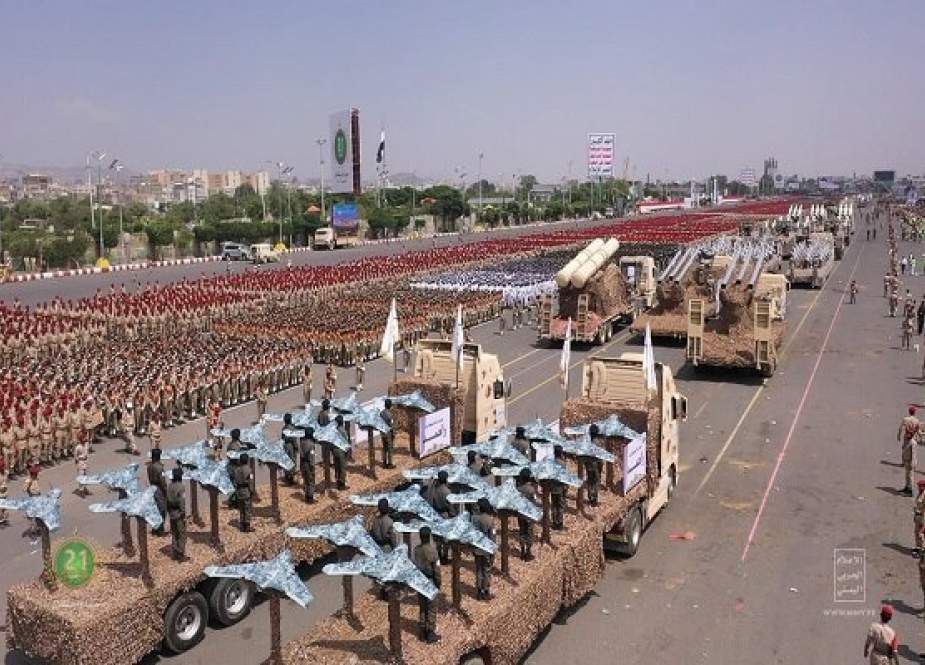From Sanaa to Tel Aviv: Yemen as a new geopolitical player.
The Ansar Allah movement, originally known as the “Faithful Youth Movement”, was born in the 1990s in Saada Governorate in northern Yemen. The group was formed in response to the weakening of the religious and cultural identity of the Zaidis, the growing influence of Wahhabism in northern Yemen, and the discriminatory economic and political policies of the government at the time. The founders of the movement – especially the martyr Hussein Badreddin al-Houthi – sought to reconstruct an independent and resistance-oriented identity for the Yemeni Zaidi community, taking a deep look at the history and situation of the region.
In the early years, Ansar Allah began its cultural, religious, and social activities, focusing on the mountainous regions of the north of the country. However, with the beginning of the 2000s and the increasing repression by the government of Ali Abdullah Saleh, the group gradually entered the stage of armed resistance. Six consecutive wars between Ansar Allah and the central government (2004-2010) allowed the group to not only gain significant military experience but also to build a wide network of popular support in northern Yemen.
With the 2011 revolution in Yemen and the overthrow of the government of Ali Abdullah Saleh, a power vacuum emerged that paved the way for Ansar Allah to expand its influence in Sanaa and the central regions. In 2014, the group entered Sanaa, accompanied by groups opposed to the National Unity Government, and took control of key institutions. Contrary to the initial expectations of some foreign actors, Ansar Allah was able not only to consolidate power in the capital, but also to rebuild state institutions and organize its governance structure.
In March 2015, the Saudi-led military coalition launched Operation Decisive Storm against Yemen to restore the government of Abd Rabbuh Mansour Hadi. But contrary to initial estimates that victory would be within weeks, Ansar Allah not only resisted but also advanced on many fronts and was able to expand its popular base.
Over eight years of war, Ansar Allah transformed from a local militia into a political-military actor with a clear governance structure, pervasive media, trained military force, indigenous defense industries, and regional strategy. By utilizing modern drone technologies, missile systems, and asymmetric warfare tactics, they have become a strategic threat to their enemies, especially Saudi Arabia, the UAE, and the Zionist regime.
Thus, Ansar Allah is now not just a Yemeni group, but a regional actor that has been able to consolidate its position in the geopolitical system of West Asia by combining identity components, localization of power, and intelligent regional interactions.

